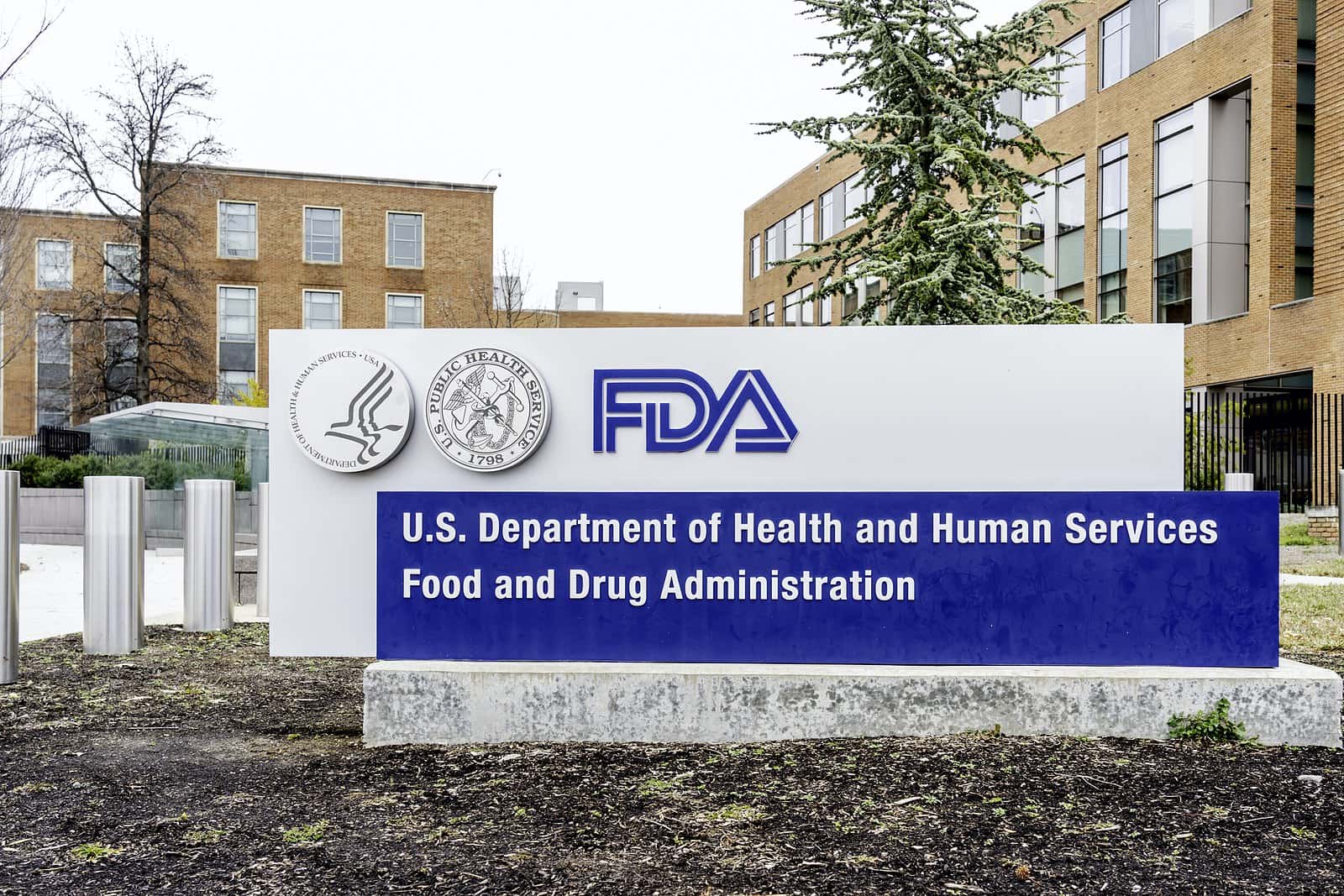
Mylan used to be one of America’s premier generic drug manufacturers. It was founded in White Sulphur Springs, West Virginia, and eventually made most of its medications in Morgantown, West Virginia. The corporate headquarters ended up in Canonsburg, Pennsylvania. The company that took over Mylan, Viatris Inc., still has its worldwide headquarters at 1000 Mylan Boulevard, Canonsburg, PA. But this company no longer manufactures drugs in the US. Instead, many Viatris medications are made in India. On Dec. 23, 2024, Viatris reported that the FDA had issued the company a warning letter and “Import Alert.” Drugs made at the Indore, India, facility are affected.
What’s an Drug Import Alert?
Viatris states in its press release that:
“The Import Alert affects 11 actively distributed products that will no longer be accepted into the U.S. until the Warning Letter is lifted.”
Nowhere in that press release does Viatris reveal which drugs will no longer be allowed into the United States. That makes it hard for physicians, pharmacists or patients to know what drug products are considered problems.
FDA’s Drug Import “Restriction”
I tracked down the FDA’s “Warning Letter” to Viatris, Inc. dated December 19, 2024. It details the problems located at the Indore manufacturing facility in Pithampur, Dhar, Madhya Pradesh, India.
Here are some highlights of that letter:
“This warning letter summarizes significant violations of Current Good Manufacturing Practice (CGMP) regulations for finished pharmaceuticals.
“Because your methods, facilities, or controls for manufacturing, processing, packing, or holding do not conform to CGMP, your drug products are adulterated within the meaning of section 501(a)(2)(B) of the Federal Food, Drug, and Cosmetic Act (FD&C Act), 21 U.S.C. 351(a)(2)(B).
“During our inspection, our investigators observed specific violations including, but not limited to, the following.
“Your firm failed to establish adequate written responsibilities and procedures applicable to the quality control unit and to follow written procedures applicable to the quality control unit (21 CFR 211.22(d)).
“Your firm failed to thoroughly investigate any unexplained discrepancy or failure of a batch or any of its components to meet any of its specifications, whether or not the batch has already been distributed (21 CFR 211.192).
“Your investigations into discrepancies and out-of-specification (OOS) results lacked adequate scientific rationale to support root cause determinations. Specifically,
“A. (b)(4)mg tablets, batches (b)(4) and (b)(4), exhibited OOS and out-of-trend (OOT) results during the dissolution test by high-performance liquid chromatography (HPLC) at the 18-month and 3-month long-term stability timepoints, respectively. The analyst, after consulting their supervisor, aborted the HPLC sample set sequence without providing adequate justification. You also lacked evidence to substantiate the root cause of improper (b)(4) of (b)(4).
“B. You invalidated OOT assay results and during retest subsequently dismissed an anomalous content uniformity result for (b)(4)mg Capsules, batch (b)(4), attributing the original issue to HPLC column leakage. However, the equipment’s audit trail did not document such an error, and you conducted retesting using different samples and equipment.
“In your response, you acknowledge your inadequate laboratory investigations and data handling practices. Additionally, you commit to perform an extended evaluation across the rest of the laboratory to evaluate your laboratory practices and controls.
“Your response is inadequate. The conclusions of your OOS investigations lack the necessary rigor and scope to thoroughly identify root causes, assess the extent of deviations, and evaluate their impact on drug products. You repeatedly accepted these conclusions, despite insufficient justification.”
OK, I know your eyes glazed over a long time ago. Mine did too. The FDA’s official language can put you to sleep pretty fast. But you get the gist. There were some serious problems at the Viatris Indore, India manufacturing plant. The FDA often issues a warning letter to drug companies for manufacturing or paperwork problems, but it does not routinely ban products without some pretty serious violations.
Which Meds Have Been Affected by the Drug Import Ban?
As mentioned, I searched high and low in the Viatris press release to find a detailed list of the 11 “restricted” drugs. I could not find them.
Then I searched the FDA’s Warning Letter. It is very long and detailed. Once again, though, I could not find a list of medications that have been banned from the US market.
This is not the first time the Food and Drug Administration has been very secretive about drug manufacturing problems. I wrote an article recently titled:
“Drug Recalls From India – Do You Trust Foreign-Made Generics?”
Here is what I wrote about FDA transparency:
“The FDA is opaque when it comes to revealing generic drug problems. If a company gets busted for fraud or bad manufacturing practices, the U.S. Food and Drug administration often redacts critical information from its official forms. That means the feds black out key data such as which medicines are involved in a recall or what the specific problems were.”
You can read the entire article at this link.
In the case of the recent Viatris mess, we could find no list of affected drugs. Why not? How can that data be proprietary? Shouldn’t the FDA be more concerned about protecting U.S. citizens than the drug companies involved in misdeeds?
We welcome your thoughts in the comment section below.

